
companies of best drone equipments UAV parts, camera PTZ for professional aerial photography! suppliers of affordable quadcopter drones with camera for transport,plant protection in china.
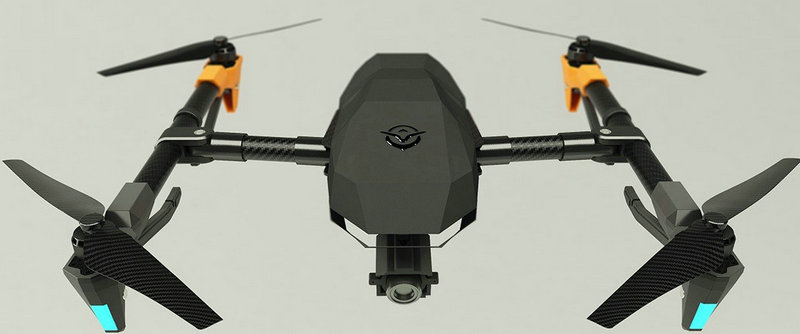
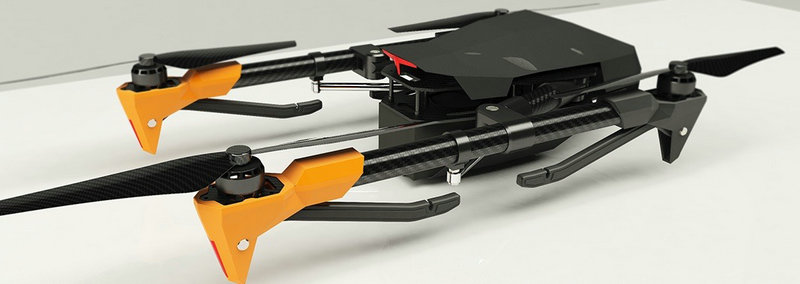
fixed wing drones and rotary wing drones represent two main categories of unmanned aerial vehicles , each with distinct design characteristics, advantages, and applications.
fixed wing drones: these drones have wings that generate lift, allowing them to achieve forward motion through the air. Fixed-wing drones require a runway for take-off and landing, and they rely on the principle of aerodynamics to maintain lift. rotary wing drones: as multirotors, these drones use multiple rotors to generate lift and control their movement. Rotary-wing drones can take off and land vertically and hover in place, making them more versatile in confined spaces.
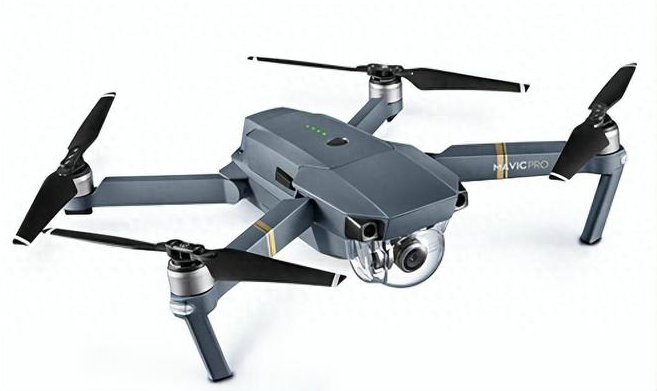

fixed wing drones: require a runway or a catapult launch for take-off. They typically land on a runway or use parachutes for recovery. rotary wing drones: can take off vertically and land vertically, eliminating the need for a runway. this vertical take-off and landing capability allows them to operate in confined spaces.
fixed wing drones: generally have longer endurance and can cover greater distances than rotary-wing drones. Their aerodynamic design enables efficient cruising and gliding. rotary wing drones: tend to have shorter flight times and limited range compared to fixed-wing drones, especially in scenarios where constant hovering is required.
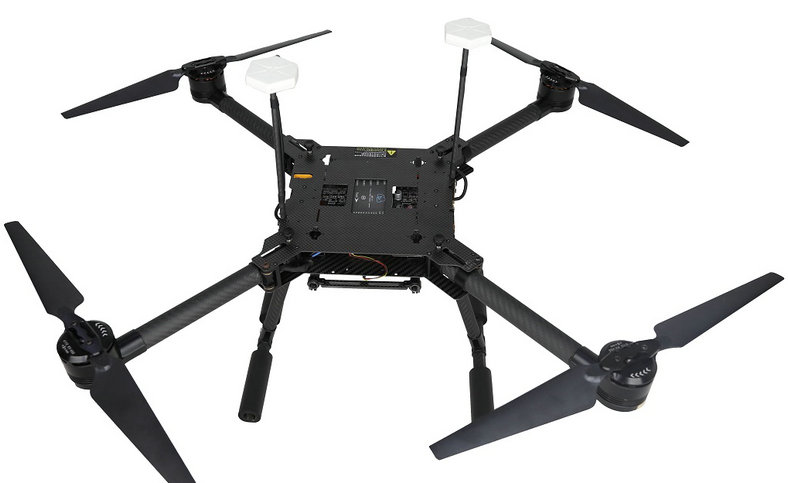
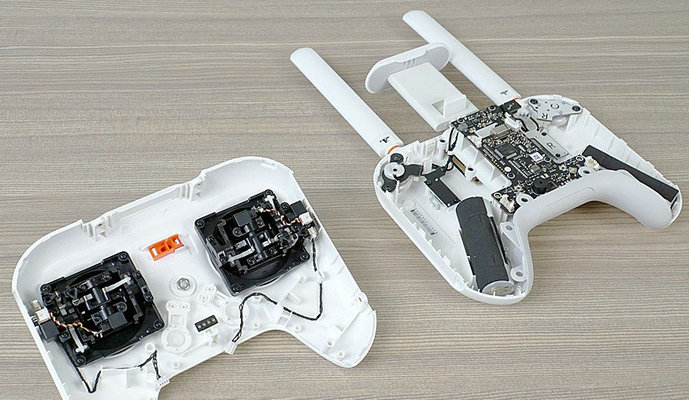
fixed wing drones: can achieve higher speeds in forward flight due to their aerodynamic efficiency. rotary wing drones: have lower maximum speeds but excel in tasks requiring precise hovering and vertical maneuverability.
fixed wing drones: well suited for tasks that involve covering large areas, such as mapping, surveying, agriculture, and long-range surveillance. rotary wing drones: versatile for applications that require hovering, vertical take-off and landing, and close-quarters maneuvering, including aerial photography, inspections, search and rescue, and surveillance in urban environments.
fixed wing drones: generally less complex and may be less expensive than rotary-wing drones. They have fewer moving parts. rotary wing drones: can be more complex and may have higher maintenance requirements due to the multiple motors and rotors.
fixed wing drones: stable in straight-line flight but may require more advanced autopilot systems for precise navigation and control. rotary wing drones: can hover in place and have inherent stability, making them easier to control in certain situations.
| types | HY-FOA-820 | ||||||||
| wheelbase | 900mm | ||||||||
| drone weight | 3470g | ||||||||
| load mass | 5000g | ||||||||
| satellite positioning module | GPS, Beidou, GLONASS | ||||||||
| endurance time | 40 minutes | ||||||||
| control radius | 10km | ||||||||
| maximum flight speed | 88km/h | ||||||||
| flight altitude | 5000m | ||||||||
| Maximum wind resistance level | level 7 | ||||||||
| battery type | Smart lithium battery | ||||||||
| battery capacity | 29000mAh | ||||||||
| obstacle avoidance function | support | ||||||||
| flight control | Multi-attitude flight modes such as fixed altitude, fixed point, autonomous cruise, one-button takeoff and landing, low voltage protection, automatic return to home, preset no-fly zone, electronic fence | ||||||||
| operating temperature | -20~60C | ||||||||
| expand size | 717(W)*755(D)*520(H)mm | ||||||||
| quadcopter drones, mini UAV,camera drones, best UAV, adults drones, big UAV systems, drone toys,unmanned aerial vehicle UAV parts,flight control systems,communication systems,navigation systems | |||||||||
|---|---|---|---|---|---|---|---|---|---|
- home
- products
- contact
- equipments
- UAV
- camera drones
- fixed wing UAV 200
- VTOL aircrafts 220
- hand-throwing fixed-wing UAVs
- quadcopter drones 820
- huge hexacopter UAVs 1550
- big hexacopter UAVs 1100
- drone PCB
- mini drones 180
- PTZ gimbals
- hydrogen powered drones
- drone LiDAR cameras
- FPV drones
- drone hangar
- underwater robotics
- unmanned helicopters
- drone swarms
- aerial photography drones
- agriculture drones
- inspection drones
- police drones
- emergency drones
- logistics drones
- mapping drones
- mining drones